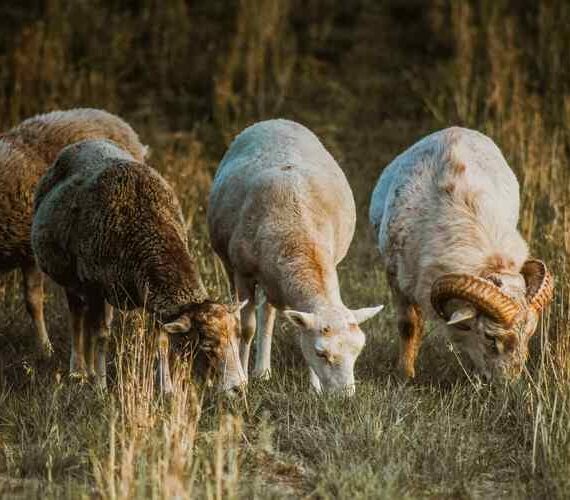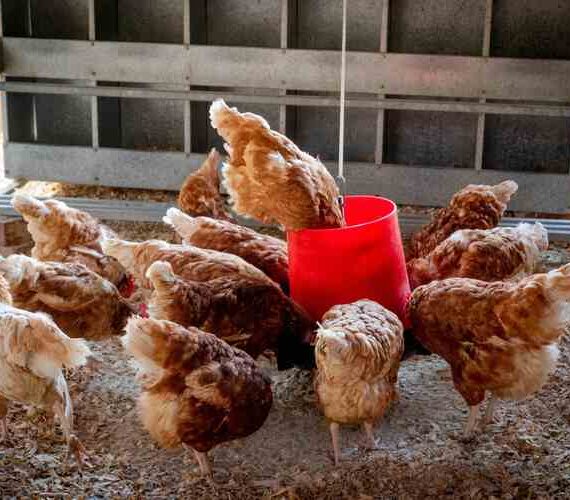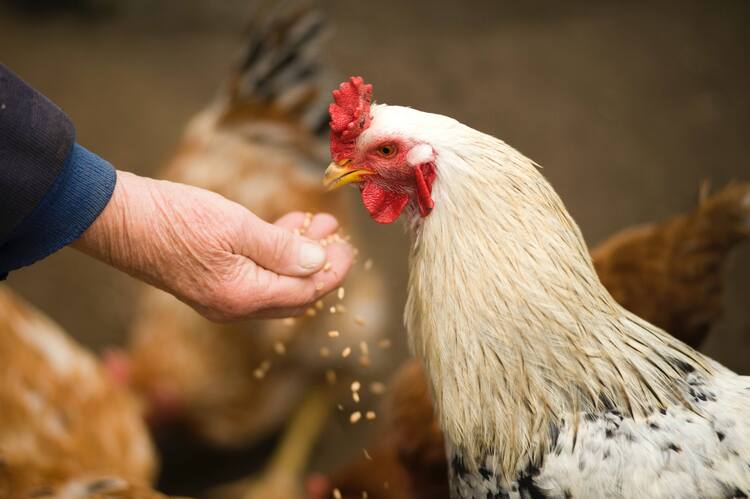Livestock Farming is an important source of income in developing countries mainly in rural and semi-urban areas. This includes raising animals like cattle, buffalo, sheep, pig, hen, duck, quail, turkey for production of egg, milk, meat, wool etc. Aquaculture is also gaining popularity these days. Livestock and poultry farming is an integral part of agriculture sector by providing food security, nutrition, and eradicates poverty by contributing economic prosperity as a livelihood for many people. As a result, the demand for animal feed is increasing day by day.
 Good nutrition is essential for the animal feed as it affect the quality of the meat, egg or milk production. The common feeds used by livestock farmers are soyabean, fishmeal, maize, rice, barley, wheat, oats, legumes etc. High protein content is necessary in animal feed formulation and production. However, there are several factors posing challenges in the conventional feed production.
Good nutrition is essential for the animal feed as it affect the quality of the meat, egg or milk production. The common feeds used by livestock farmers are soyabean, fishmeal, maize, rice, barley, wheat, oats, legumes etc. High protein content is necessary in animal feed formulation and production. However, there are several factors posing challenges in the conventional feed production.
The high price of feeds which is approximately 70 percent of total expense of livestock farming business has critically distressed this field. The prices of fishmeal and soyabean have been doubled during last few years. This results in a decline in the profit margin. The demand of the consumable cereals for animal feed production poses a threat to global food security. There will be a scarcity of cereals which are also used for human consumption with the rise in human population. This will ultimately affect the quality and quantity of animal feed and results in poor nutrition in feed production.

The environmental impact caused by the conventional feed production is detrimental. It requires a whole lot of natural resources like agricultural land, water and soil for the manufacturing process. The depletion in biodiversity will eventually result in climate changes and global warming. The indirect results include variations in rainfall, deforestation, change in temperature, water scarcity etc. The production is itself time consuming and a laborious task. The processing, retail and packaging, transport all accounts to a large share of greenhouse gas emissions and involves a lot of effort and labor.
For a consistent and successful animal feed industry, the feed production must be more environmentally friendly and should leave the lowest carbon footprint in the whole process. With the considerable increase in feed production requirement, innovative manufacturing models are required. The global demand for livestock and fish feed will continue to rise in the coming years. We require a sustainable, and promising new sources and alternatives of protein-rich animal feeds. Advanced research and development are inevitable for meeting the global demand of feed protein supplies and sources.
Recent Comments
If you have any questions or need help, feel free to contact with our team.
Rural Apparel Park
Thalikkulam Vikas Trust
Thrissur, 680569





